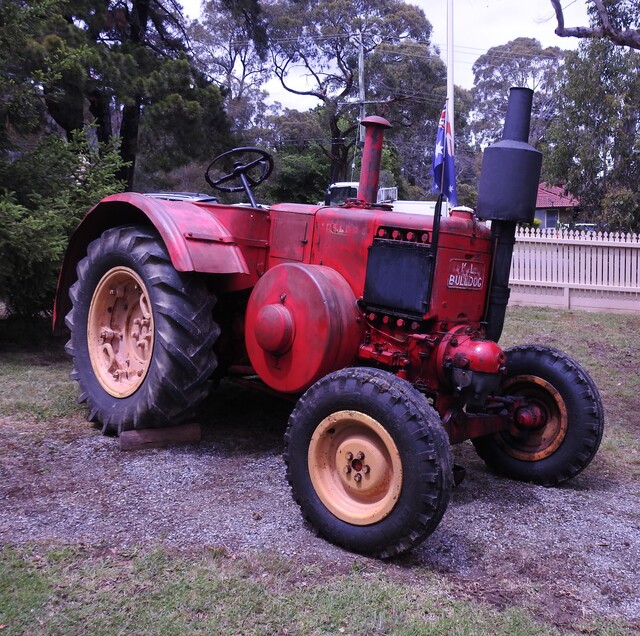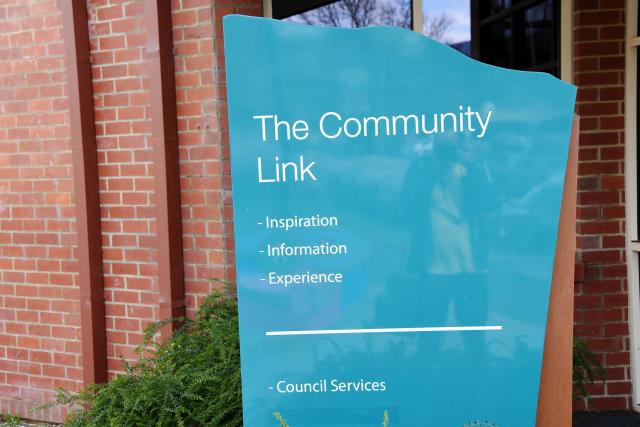Christine’s Note: Many thanks to author Megan Wallens, of Warburton, for sharing her reading experiences and insights.
Pearl Buck and Han Suyin, who knew China well from the inside, wrote at length about the country prior to the Communist takeover in 1949.
Both women were exceptional observers of Chinese life.
Having read several of their books, by the time I went to China to live, I thought I had a general idea of the experiences of rural Chinese women, and that their conditions had improved.
Then a friend gave me a copy of Xinran’s The Good Women of China (2002) – a collection of true stories and “an unflinching portrayal of what it meant to be a modern woman in China”.
It opened my eyes to what I was not seeing – that, generally, the reality of day-to-day life for rural Chinese women remained unchanged in a millennia-old patriarchal society.
As well, through small publications by Chinese women, I came to better understand the cultural practices I was observing, and saw the happier side of female communal life.
I bought Jung Chung’s marvellous Empress Dowager Cixi: The Concubine Who launched Modern China (2013).
Cixi ruled China from Beijing over a century earlier.
Several times I visited her homes in the Forbidden City and the Summer Palace.
Cixi’s life seemed one of extraordinary indulgence in the face of terrible national poverty and political factions, until I began to appreciate how this woman of humble origins had risen to power in a centuries-old, male, Confucian court rampant with intrigue, betrayal and murder.
I was further enriched by Anchee Min’s and Amy Tan’s books, which are well known in the West.
These take us into the complex world of Chinese women, but with a Western flavour.
As a trained nurse, I was fascinated by Traditional Chinese Medicine, and saw it in action, but material in English proved to be scarce.
Then recently l read Lisa See’s beautifully researched Lady Tan’s Circle of Women (2023), based on the life of one of China’s first female doctors, Tan Yunxian.
With great insights, See has written other fascinating novels about the lives of Asian women, including The Island of Sea Women (2019), set on the island of Jeju off Korea.
I briefly worked in Xinjiang Province in China’s far west.
Dissected by several Silk Road trade routes connecting China to Europe, it is a harsh land of forbidding snow-capped mountains and arid deserts, north of Tibet.
This is where Guy Gavriel Kay has set two evocative, powerful, semi-fantasy novels based on the Tang and Song Dynasties.
Both Under Heaven (2010) and River of Stars (2013) felt real, gripping and familiar to me.
But perhaps you need context first, so please read Linda Jaivin’s excellent The Shortest History of China (2021).
Our libraries hold books by all of these authors.
They provide a rich entry into China’s history and culture, and the role of women – important observations that help us to better understand our changing world.







